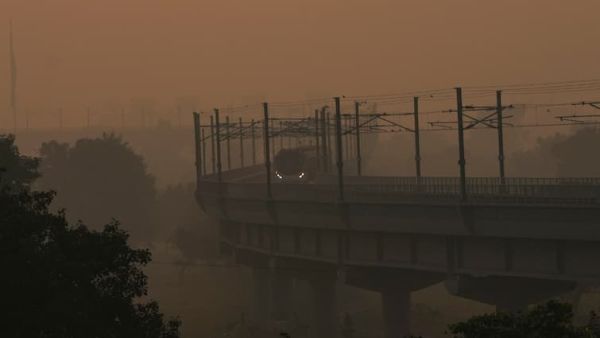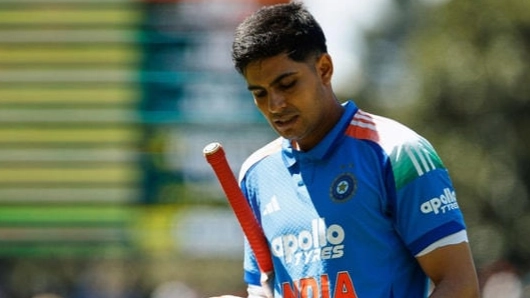
Three days after Diwali celebrations, Delhi continues to battle hazardous air pollution, with the city’s Air Quality Index (AQI) firmly in the ‘very poor’ range. On Thursday morning, the average AQI across the capital stood at 325, with several neighborhoods experiencing severely unsafe conditions.
Delhi Air Quality Index (AQI)
The pollution spike has worsened throughout the week. Wednesday’s 24-hour average AQI hit 353—the highest of the season—up from 351 on Tuesday and 345 on Monday, according to data from the Central Pollution Control Board (CPCB). Thick smog and low visibility were reported in areas like Akshardham temple, highlighting the severity of the post-festival air crisis.
Anand Vihar emerged as the most polluted area, registering an AQI of 429 on Thursday morning, up sharply from 360 the previous day. Other badly affected localities include ITO (353), RK Puram (362), Dwarka Sector 8 (327), Ashok Vihar (350), Bawana (346), Nehru Nagar (377), and Patparganj (361), all categorized as “very poor”, as per reports.
#WATCH | Delhi | The AQI at India Gate and the surrounding areas was recorded at 353 in the 'Very Poor' category as per the CPCB pic.twitter.com/mePrCfuK5J
— ANI (@ANI) October 23, 2025
Experts point to multiple contributing factors: Diwali firecracker residue, stubble burning in neighbouring states, vehicular emissions, and stagnant weather conditions. Weak winds, under 7 kmph, have limited the dispersion of pollutants. The India Meteorological Department (IMD) has warned that air quality is unlikely to improve in the coming days due to persistent atmospheric stagnation.
Poor Air Quality: Health Concerns On Rise
Health professionals are urging residents to exercise caution. Dr Nikhil Modi, a respiratory medicine specialist at Apollo Hospitals, explained, "As winter approaches every year, we see the AQI start to rise because as the air cools, the wind speed decreases and cold air does not rise because of which pollution accumulates on the low level. Before Diwali, we started seeing that the AQI was rising and after Diwali, it was expected that the AQI will rise. As soon as the pollution increases, people with allergies, lung problems will face issues like difficluty in breathing, coughing, watery eyes and other symptoms. Patients have started coming right after the next day of Diwali."
In response, Delhi Chief Minister Rekha Gupta announced that the government is exploring artificial rain as a pollution-control measure, pending favourable weather conditions from the IMD. Plans are also underway to expand cleaner transport options, including deploying 10,000 electric buses across the city by 2027.
-
Shubman Gill loses patience and wicket after Rohit Sharma's agonising plays and misses: 'He was looking way good'

-
High School Teacher Uncomfortable Because Many Students Are Sucking On Pacifiers

-
Luck Finally Arrives For 3 Zodiac Signs The Week Of October 27 – November 2, 2025

-
Big drop in the price of OnePlus 13 before the launch of OnePlus 15, know where the cheapest offer is available.

-
As China’s 996 culture spreads, South Korea’s tech sector grapples with 52-hour limit
